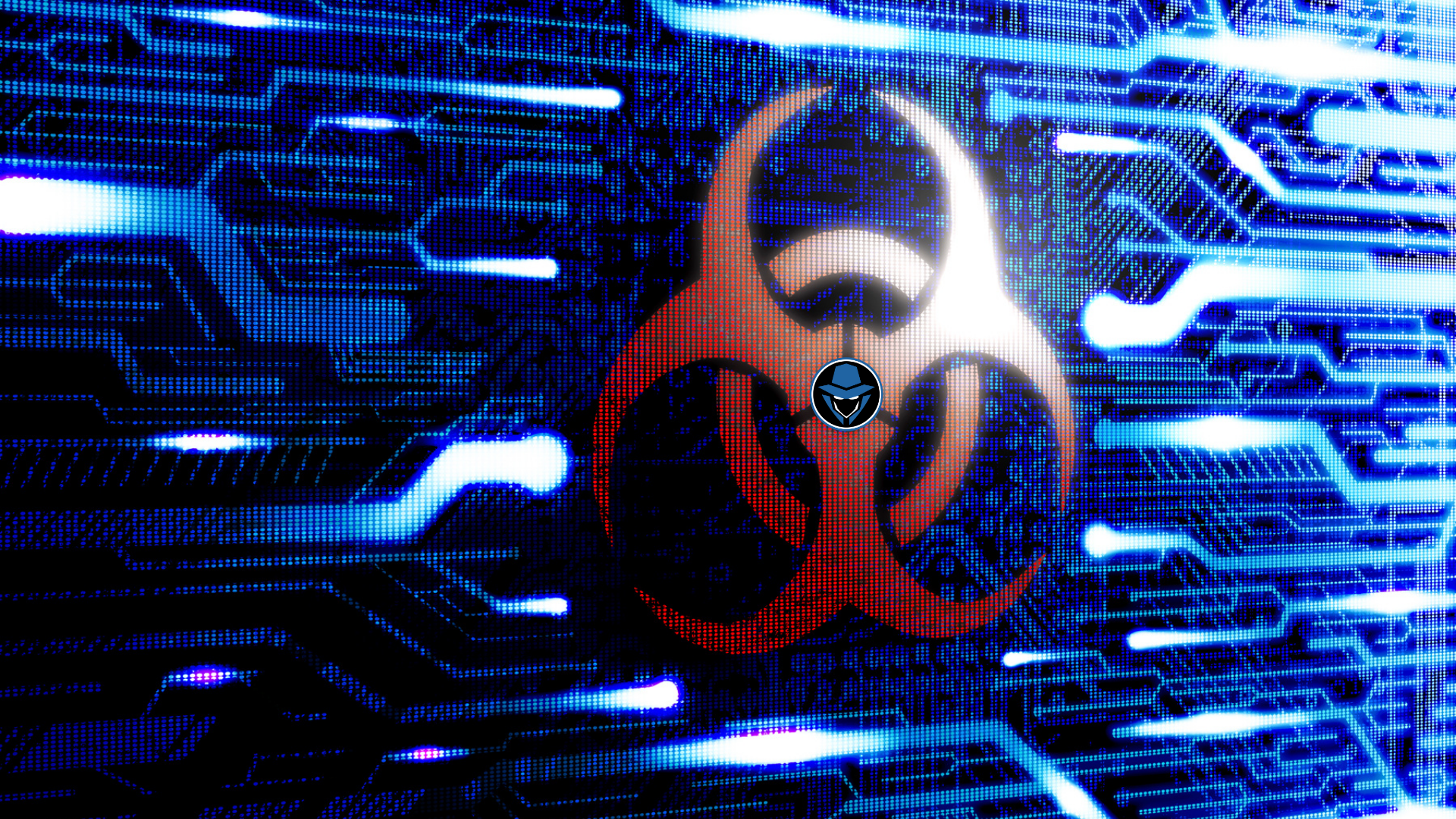The threat posed by cyber terrorism has provoked considerable alarm. Cyber terrorism is for sure an attractive option for modern terrorists who value its anonymity, it is the potential to inflict massive damage, its psychological impact, and its media appeal. Some of us don’t even know clearly.
What is Cyber Terrorism?
Cyber terrorism refers to the use of the internet in such a manner that threatens or results in serious bodily harm or even loss of life or to perform violent actions to achieve political or ideological advantages using intimidation, fear, and threat.
It is a controversial term. Some may relate it to deployment by terrorist organizations of distribution attacks against information systems for the primary purpose of creating alarm, panic, or physical disruption while others relate it to cybercrime. Some classic examples of cyber terrorism are:
- Hacking into computer systems
- Website defacing
- Denial of service
- Attacks and introduces viruses to vulnerable networks, etc.
The objective of cyber terrorism is to generate the feeling of terror in the minds of cyber victims. It is also causing threats to the most vulnerable points which cover the physical and virtual world.
There are five main types of cyber Terrorism attacks. We need to recognize various methods of attacks to gain a better understanding of how they can be countered effectively.
Types of cyber attacks :
Incursion: These types of attacks are carried out to gain access or penetrate computer systems or networks to gain or modify information. This method is very common and used widely with high success rates.
Destruction: This method is used to intrude in computer systems and networks with the main purpose of inflicting severe damage or destroying them. The consequences may be disastrous and can be proved very costly for the affected organization to get through their operations up and running them again.
Disinformation: This method is used to spread rumors or false information that can have a severe effect on a particular target. This attack is quite difficult to contain since it can be done almost instantly without the need to access the victim’s computer and network system.
Denial of service: The impacts of such attacks are felt the most by e-commerce enabled businesses that sell products or services online. Public websites are also the target of these types of attacks. The main objective is to disable or disrupt the online operations by flooding the target’s servers with a huge number of requests which would ultimately lead to the servers being unable to handle normal service requests from legitimate users.
Defacement of websites: These types of attacks are targeted to deface the websites of victims. The websites are either changed totally to include messages from the cyber-terrorist for propaganda or publicity purposes which might cause them to be taken down or to redirect the users to other websites which may contain similar messages.
Some Cyberattack cases: The first recorded case of a cyber-terrorist attack was in 1966. The cyber-terrorist was suspected as co-accused of the ‘white supremacist movement’. He was alleged for temporary disablement of part of the ISP’s record-keeping system and ‘Massachusetts internet service providers.
This was the first cyberattack that opened the doors for probabilities and possibilities of cyber terrorism worldwide.
In August 2013 Indira Gandhi international airport faced a cyber attack. A destructive virus program called ‘technical snag’ hit the operations of terminal no 3. This malicious code was spread remotely for trespassing the security system of the airport.
Another cyber attack was in 2011, bomb explosion in market Zaveri Bazar, Mumbai.
In the Varanasi bomb blast case of 2010, which was also executed with the help of e-communication.
The investigation of the 26/11 Mumbai attack revealed the evidence of cyber telecommunication of terrorists with the help of which they acquainted with population infrastructure, place, etc.
Another cyber attack was when Pakistani hackers conveniently hacked our websites and writing derogatory information against India for spreading political, religious, social, or financial case
These are some case studies related to cyber terrorism attacks.
Now, this has some impacts on society too.
Impacts of cyber terrorism: There are economic, social, political, and psychological impacts.
- Public confidence: Confidence in the government’s ability to protect or to prevent a cyberattack did not vary manipulations presented increasingly dangerous and life-threatening forms of terrorism.
- Political attitudes: Individuals will support strong government measures to police and regulate cyberspace and to respond forcefully to cyberattacks.
- Threat perception: Both exposures to past cyberattacks and exposure to simulated cyberattacks increased perception of threat.
- Stress and anxiety: Anxiety increases as attacks become more severe. Each kind of cyber terrorism generated an increasing level of Anxiety.
Now if there is a problem then there will be solutions as well.
So some measures can be taken to deal with the threats of cyber terrorism.
Steps that can be taken :
The parties that have been directly affected by attacks by cyber terrorists should be more aggressive in pursuing the perpetrators. It might prove to be a good way of decreasing the number of such attacks in the long run.
Organizations should ensure that they deploy and develop a tested set of best security practices suited specifically for their own operations.
Business continuity and disaster recovery plans should be in place in all organizations.
Organizations and the general public should be more proactive in dealing with cyber Terrorism issues by keeping up to date on the latest information related to threat vulnerabilities and incidents and they should be more committed to improving their information security posture.
Conclusion: At last concluding we can say that even though the field of cyber terrorism is relatively new to most of us, it has proved to be a very challenging one. It is widely accepted and well known by everyone that security is not a one-stop situation. Instead, it is a continuous journey that requires everyone involved to be committed to it.
With the various strategic plans in place, we are getting closer to achieving our main objective which is to have a highly secure and productive working environment.



